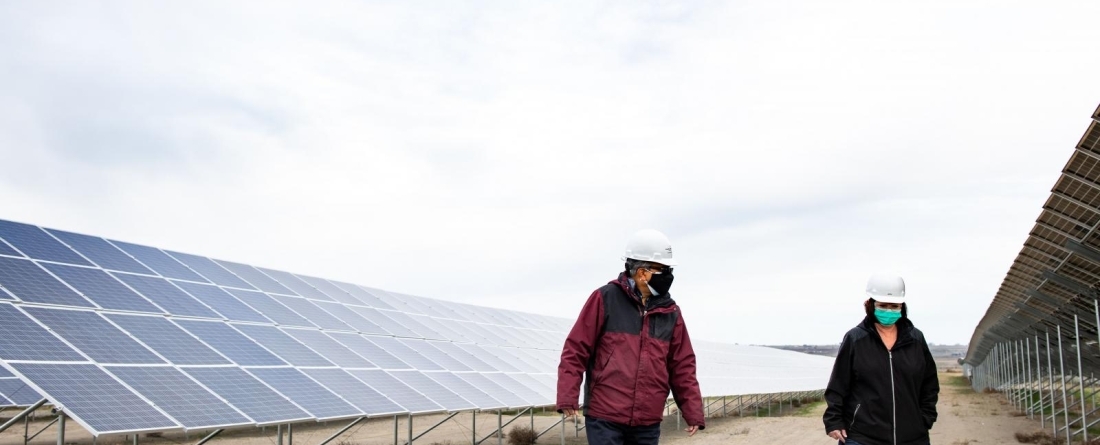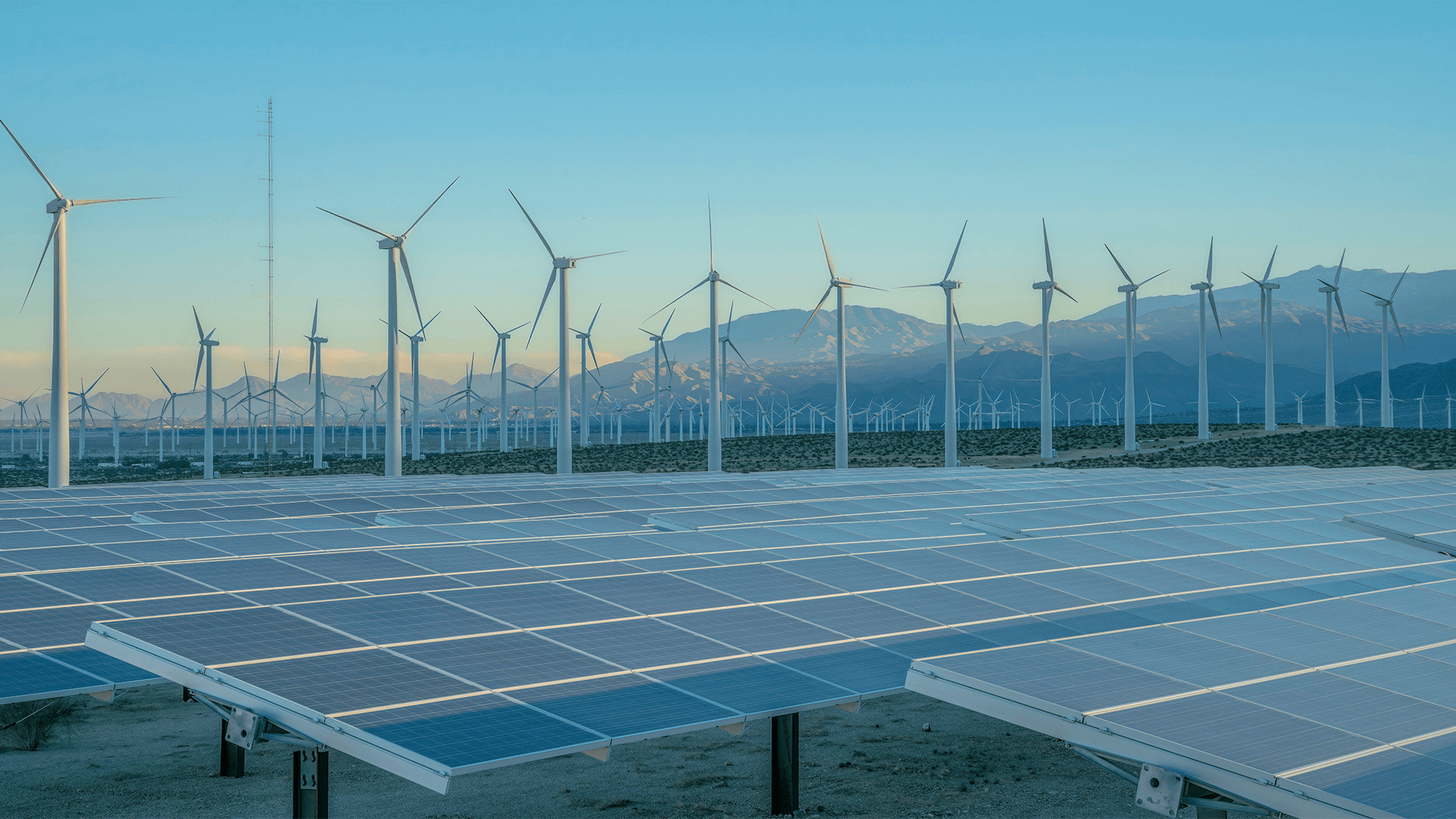
A new paper released today in Nature Climate Change offers the first glimpse at how the world can overcome the difficult knowledge that we likely cannot reach the Paris Agreement goal of limiting global warming to below 1.5-degrees Celcius. This research was led by the Center for Global Sustainability (CGS) at the University of Maryland's joint appointees with the Pacific Northwest National Laboratory's (PNNL) Gokul Iyer and Haewon McJeon. CGS Director Nathan Hultman and CGS Senior Fellow Jae Edmonds were also authors on the report.
The paper's 27 models studied confirmed that surpassing 1.5 degrees is inevitable, but encouragingly, puts forth several pathways to keep the period beyond 1.5 degrees as short as possible—reducing exposure to disaster and irreversible damage to the earth, environment, and humankind.
To limit global peak temperature changes this century, one message is clear: countries need to increase climate ambition over the next 8 years by ratcheting their 2030 pledges made one year ago at COP26 in Glasgow. This strategy could also help major economies transition to net-zero faster, laying the institutional groundwork for a more rapid phase-out of fossil fuels and the development and deployment of the technology needed to secure the clean energy transition.
Download the paper and policy brief. To read the full press release by PNNL, see below.
-----
The World Will Probably Warm Beyond the 1.5-Degree Limit. But Peak Warming Can Be Curbed
While warming is likely to surpass the limit set by the 2015 Paris Agreement, just how much remains a question.
RICHLAND, Wash.—The world’s current climate pledges are insufficient to keep the goal of the 2015 Paris Agreement firmly within grasp. Global warming will likely surpass the 1.5-degree Celsius limit.
We are going to overshoot.
But countries can curb time spent in a warmer world by adopting more ambitious climate pledges and decarbonizing faster, according to new research led by scientists at the Department of Energy’s Pacific Northwest National Laboratory, the University of Maryland and the U.S. Environmental Protection Agency. Doing so, they warn, is the only way to minimize the overshoot.
While exceeding the 1.5-degree limit appears inevitable, the researchers chart several potential courses in which the overshoot period is shortened, in some cases by decades. The study published today in the journal Nature Climate Change, during the 2022 United Nations Climate Change Conference, also known as COP27, held in Sharm El Sheikh, Egypt.
“Let’s face it. We are going to breach the 1.5 degrees limit in the next couple of decades,” said corresponding author and PNNL scientist Haewon McJeon. “That means we’ll go up to 1.6 or 1.7 degrees or above, and we’ll need to bring it back down to 1.5. But how fast we can bring it down is key.”
Every second shaved off the overshoot translates to less time courting the most harmful consequences of global warming, from extreme weather to rising sea levels. Forgoing or delaying more ambitious goals could lead to “irreversible and adverse consequences for human and natural systems,” said lead author Gokul Iyer, a scientist alongside McJeon at the Joint Global Change Research Institute, a partnership between PNNL and the University of Maryland.
“Moving fast means hitting net-zero pledges sooner, decarbonizing faster, and striking more ambitious emissions targets,” said Iyer. “Every little bit helps, and you need a combination of all of it. But our results show that the most important thing is doing it early. Doing it now, really.”
During COP26 in 2021, the same research team found that the then updated pledges could substantially increase the chance of limiting warming to 2 degrees Celsius over pre-industrial levels. In their new paper, the authors take an additional step in answering the question of how to move the needle from 2 °C to 1.5 °C.
“The 2021 pledges don't add up to anywhere near 1.5 degrees—we are forced to focus on the overshoot,” said PNNL scientist Yang Ou, who co-led the study. “Here, we're trying to provide scientific support to help answer the question: What type of ratcheting mechanism would get us back down and below 1.5 degrees? That's the motivation behind this paper.”
The Paths Forward
The authors model scenarios—27 emissions pathways in total, each ranging in ambition—to explore what degree of warming would likely follow which course of action. At a base level, the authors assume that countries will meet their emissions pledges and long-term strategies on schedule.
In more ambitious scenarios, the authors model how much warming is limited when countries decarbonize faster and advance the dates of their net-zero pledges. Their results underscore the significance of “ratcheting near-term ambition,” which entails rapid reductions in carbon dioxide emissions from all sectors of the energy system, immediately and through 2030.
If countries uphold their nationally determined contributions through 2030 and follow a 2 percent minimum decarbonization rate, for example, global carbon dioxide levels would not reach net zero this century.
Taking the most ambitious path outlined, however, could bring net-zero carbon dioxide emissions by 2057. Such a path, the authors write, is marked by “rapid transformations throughout the global energy system” and the scaling up of “low-carbon technologies like renewables, nuclear energy, as well as carbon capture and storage.”
“The technologies that help us get to zero emissions include renewables, hydrogen, electric cars, and so on. Of course those are important players,” said Iyer. “Another important piece of the puzzle is the technologies that can remove carbon dioxide from the atmosphere, like direct air capture or nature-based solutions.”
The most ambitious scenarios outlined in their work are meant to be illustrative of the pathways on offer. But the central takeaway remains clear throughout all modeled scenarios: if 1.5 degrees is to be reattained sooner after we warm past it, more ambitious climate pledges must come.
This work was supported by the U.S. Environmental Protection Agency.
###
About PNNL
Pacific Northwest National Laboratory draws on its distinguishing strengths in chemistry, Earth sciences, biology and data science to advance scientific knowledge and address challenges in sustainable energy and national security. Founded in 1965, PNNL is operated by Battelle for the Department of Energy’s Office of Science, which is the single largest supporter of basic research in the physical sciences in the United States. DOE’s Office of Science is working to address some of the most pressing challenges of our time. For more information, visit https://energy.gov/science. For more information on PNNL, visit PNNL's News Center. Follow us on Twitter, Facebook, LinkedIn and Instagram.



